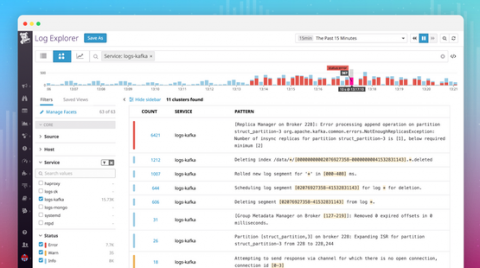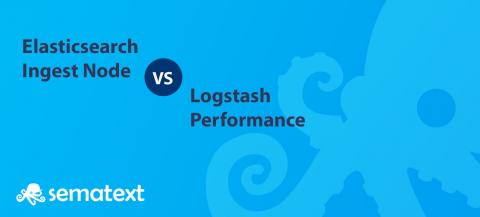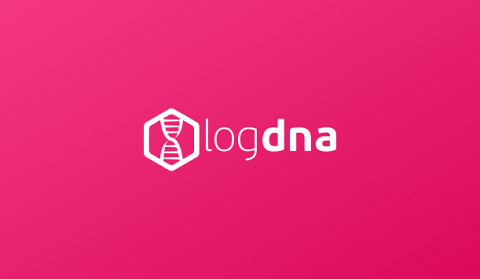Operations | Monitoring | ITSM | DevOps | Cloud
Logging
The latest News and Information on Log Management, Log Analytics and related technologies.
Log Patterns: Automatically cluster your logs for faster investigation
Sifting through all your logs to find what you need can be challenging—especially during an outage, when time is critical and you’re flooded with WARN and ERROR messages. To help you immediately surface useful information from large volumes of logs, we developed Log Patterns.
DRIVE: Digital Rail Informatics and Visualisation Engine for Railway Digitalisation
Recipe: How to integrate rsyslog with Kafka and Logstash
This recipe is similar to the previous rsyslog + Redis + Logstash one, except that we’ll use Kafka as a central buffer and connecting point instead of Redis. You’ll have more of the same advantages.
Elasticsearch Ingest Node vs Logstash Performance
Starting from Elasticsearch 5.0, you’re able to define pipelines within it that process your data, in the same way you’d normally do it with something like Logstash. We decided to take it for a spin and see how this new functionality (called Ingest) compares with Logstash filters in both performance and functionality. Is it worth sending data directly to Elasticsearch or should we keep Logstash?
5 Splunk Alternatives - Faster, Affordable Log Management Solutions
Since its first release in 2007, Splunk quickly became one of the leading log management solutions. Its focus on enterprise grade log analysis and security incident and event management (SIEM) made it the de facto choice for organizations generating large volumes of log files and machine data. But over the past decade, the log management landscape has changed drastically.
Using Audit Logs for Security and Compliance
Most software and systems generate audit logs. They are a means to examine what activities have occurred on the system and are typically used for diagnostic performance and error correction. System Administrators, network engineers, developers, and help desk personnel all use this data to aid them in their jobs and maintain system stability. Audit logs have also taken on new importance for cybersecurity and are often the basis of forensic analysis, security analysis, and criminal prosecution.
Exporting Stackdriver Logging for Splunk - Take5
Handling Multiline Stack Traces with Logstash
Here at Sematext we use Java and rely on Logsene, our hosted ELK logging SaaS, a lot. We like them so much that we regularly share our logging experience with everyone and help others with logging, especially, ELK stack. Centralized logging plays nice with Java (and anything else that can write pretty logs). However, there is one tricky thing that can be hard to get right: properly capturing exception stack traces.











